► Longer wheelbase and big loadbay
► Same BMW powertrains as SUV
► Huge variety of options of accessories
The pick-up version of the Ineos Grenadier is more than simply a big, boxy 4×4 with different bodywork. It’s also longer overall, and rides on a chassis with a lengthened wheelbase.
These changes don’t only mean it will drive differently from the SUV, they also put it into a different context. Where the Grenadier is a deliberately old-fashioned 4×4 jostling for attention amid generations of Land Rovers, Jeeps, Toyotas and Mercedes G-Wagens, the Grenadier Quartermaster, to give the pick-up its full name, is a relatively slick and sophisticated newcomer.
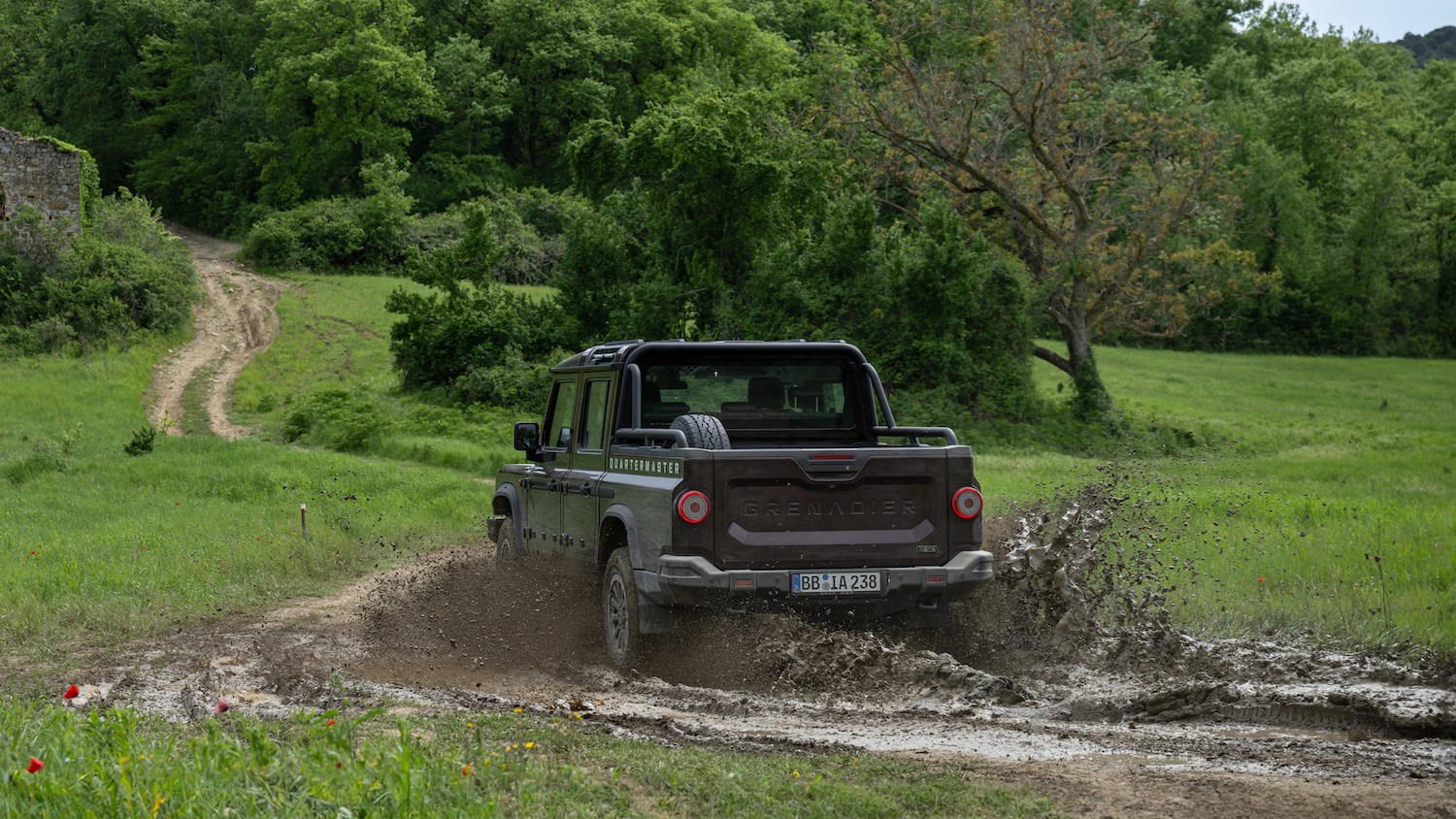
At a glance
Pros: Off-road ability; on-road funkiness
Cons: Everything’s an extra, and it’s not cheap to start with
What’s new?
From the nose to the back of the second row of seats, the Quartermaster is near-identical to the Grenadier. Specifically, the five-seat Utility Wagon version of the Grenadier, which has slightly less room for the rear-seat passengers, who sit higher than in the Station Wagon version.
The wheelbase is lengthened by 305mm, and the overall length of the Quartermaster is almost a metre greater than the Grenadier.
The replacement of the SUV’s vertically split rear door with a drop-down tailgate means the spare wheel can no longer be bolted on the back. Instead it sits in a dip on either side of the loadbay. If you remove the spare wheel, there’s room for a standard Euro pallet (1200 x 800mm). Your wheel storage options then involve a trip to the accessories list, where you’ll find that you can stow it on the roof, or on a special rack that goes above the loadbay.
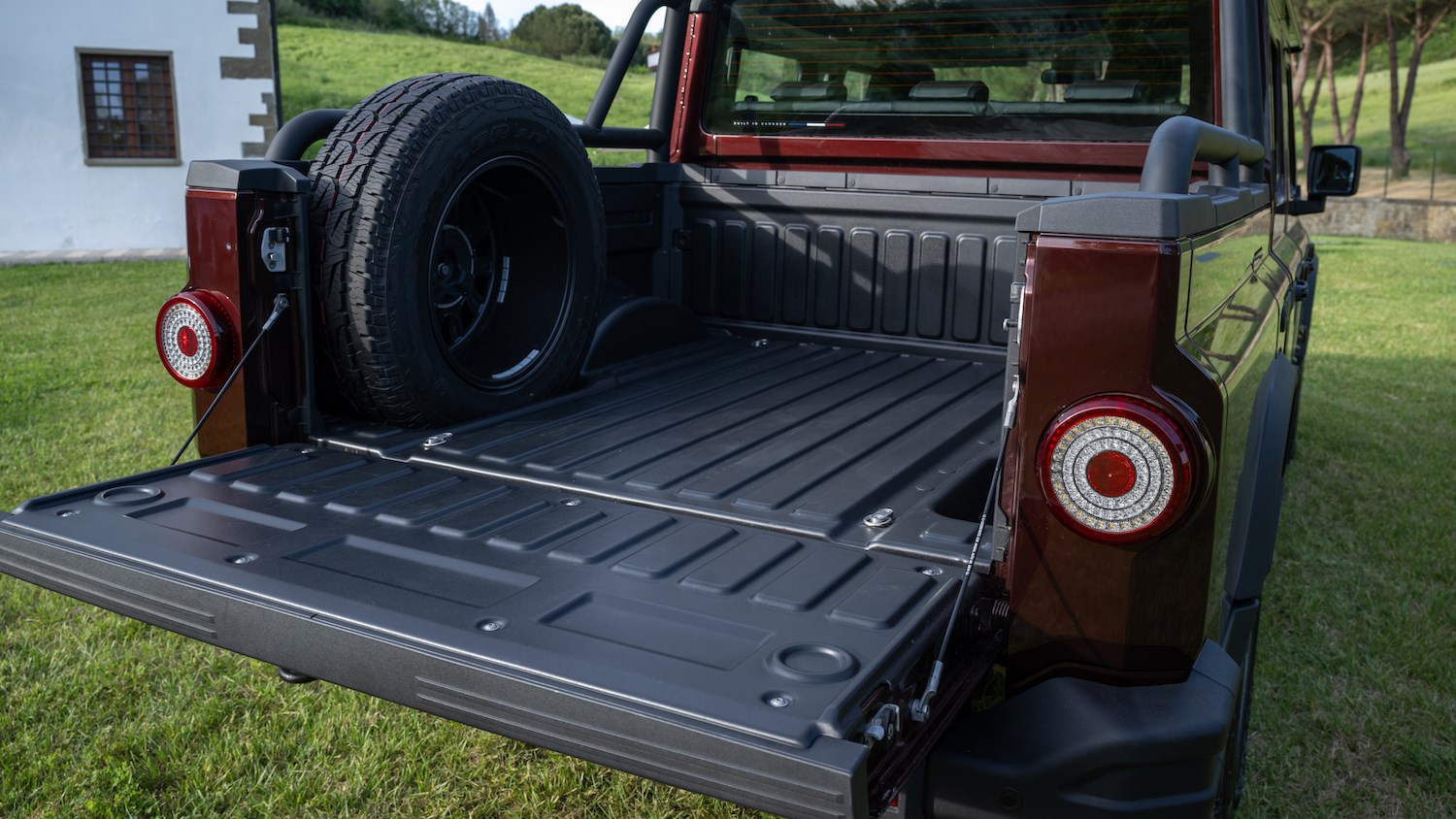
The chassis changes leave the ground clearance unchanged, and the approach angle too. But the breakover and departure angles are both slightly inferior to the Grenadier. That minor reduction in off-road potential is inevitable when you make a car longer (unless you pump it up into a monster truck), but in reality the figures are still at the impressive end of the scale.
What’s equally significant is what’s NOT changed. Same choice of excellent engines. Same proper off-road high and low gearing, and a lockable centre differential as standard. And the same five-link coil spring suspension and anti-roll bars all round, rather than the leaf springs that many pick-ups use at the back (honourable exception: Ford Ranger Raptor).
What are the specs?
Viewed from a distance the Quartermaster range is very simple. Two engines: 3.0-litre straight-six BMW diesel or 3.0-litre straight-six BMW petrol. One transmission: eight-speed auto from ZF. One body: twin-cab. One size of loadbay.
But then you start to look at the trim levels, and it becomes less simple. It mirrors the Grenadier pattern.
So there’s a basic version, which nobody buys but which makes the entry-level price seem relatively reasonable at £66,215 for either petrol or diesel (which includes VAT, whereas many pick-up prices are quoted excluding tax).
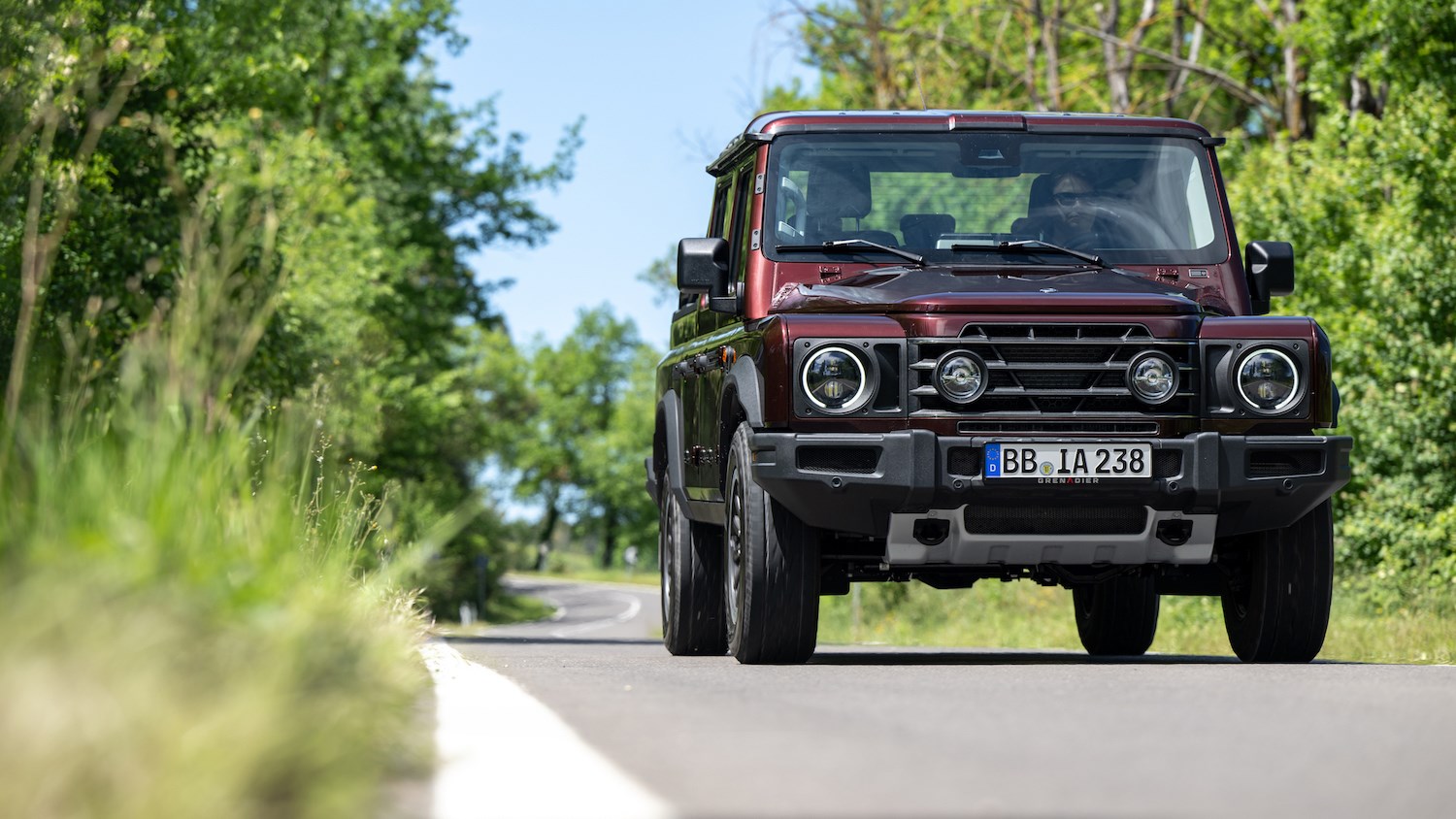
Then there are two editions, both named after Belstaff jackets (the hard-wearing clothing brand being part of the Ineos empire). One, the Trialmaster, priced from £73,715, is more off-road-orientated, with cloth seats, serious dirt tyres and the ‘utility belt’ running around the middle of the body for attaching various jerry cans, shovels, anti-tank missile launchers etc.
The other, the Fieldmaster, also priced from £73,715, is more ‘lifestyle’, so it comes kitted out with ‘safari’ windows (the pop-up sunroofs above the front occupants) and fancy 18-inch alloy wheels, where the others come with 17-inch steel wheels (which not only look better, but give you a better view of the coil springs and the painted frame).
But if the experience of the Grenadier is anything to go by, a lot of people will order a Fieldmaster but then spec a lot of more off-road modifications. The raised air intake and the loadbay utility rails, for instance, are standard on the Trialmaster but an option on the basic car and the Fieldmaster. Conversely, leather trim comes with the Fieldmaster, but is an extra on the others.
Everyone wins, in so far as no two cars are quite alike, and Ineos gets to charge considerably more than £66k.
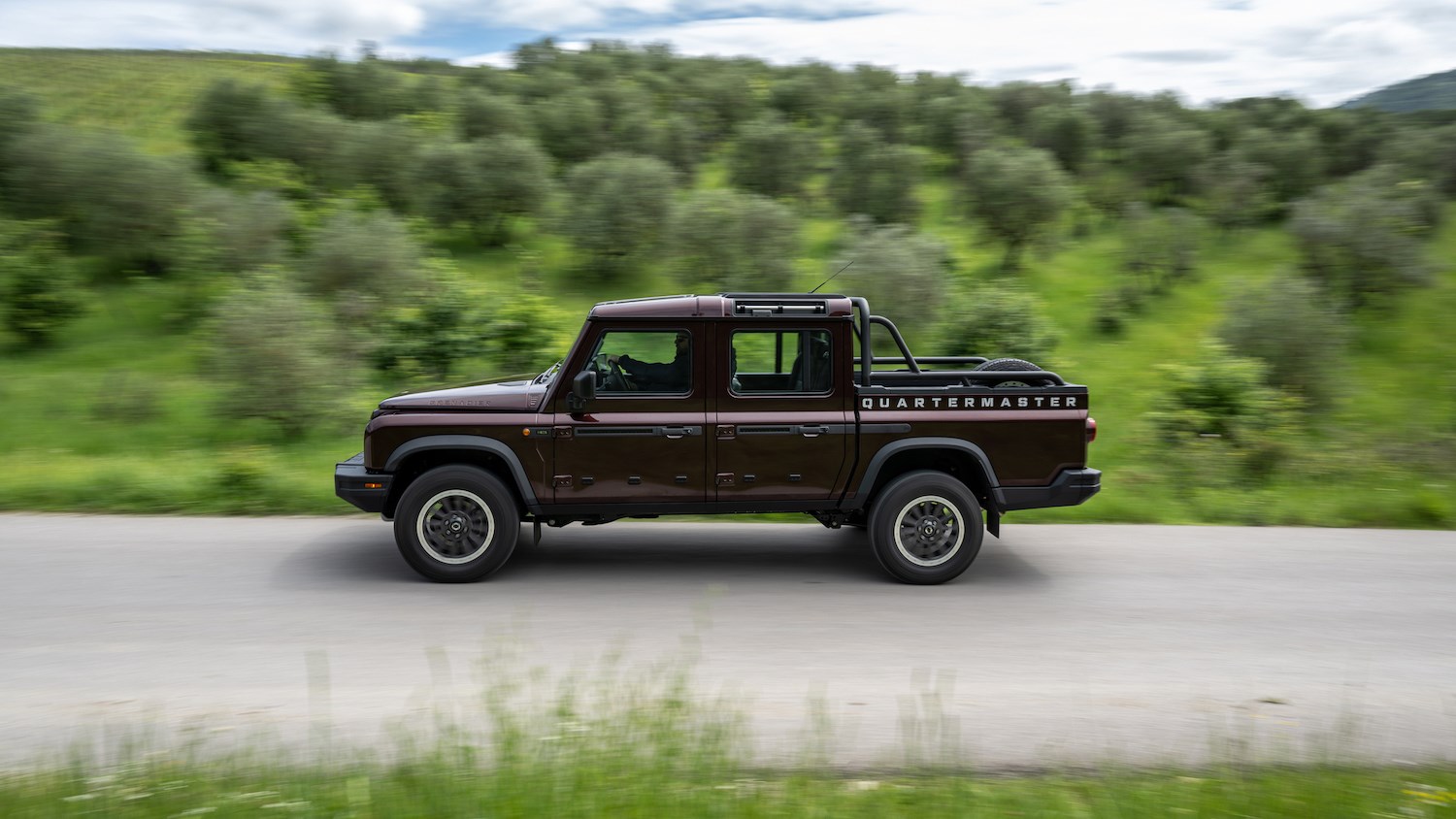
How does it drive?
The switch from SUV to pick-up is noticeable in two ways. One, the on-road steering feels less excitable than in the Grenadier, where coming out of corners relatively rapidly could require the driver to do quite a lot of steering-wheel adjustment to get the car settled down in the right direction. The longer wheelbase must help.
And two, it’s a pick-up, so your expectations are different. When you drive a pick-up that handles well – like the Ford Ranger or the Toyota Hilux – it’s a pleasant surprise. In this new context, the Quartermaster rides and handles very well.
It remains a big, heavy vehicle, so it never passes for agile, but its behaviour is calm and predictable and it eats bumpy surfaces for breakfast. And thanks to its straight-edged design, you can see its extremities easily, which makes parking simple. The brakes are strong and predictable.
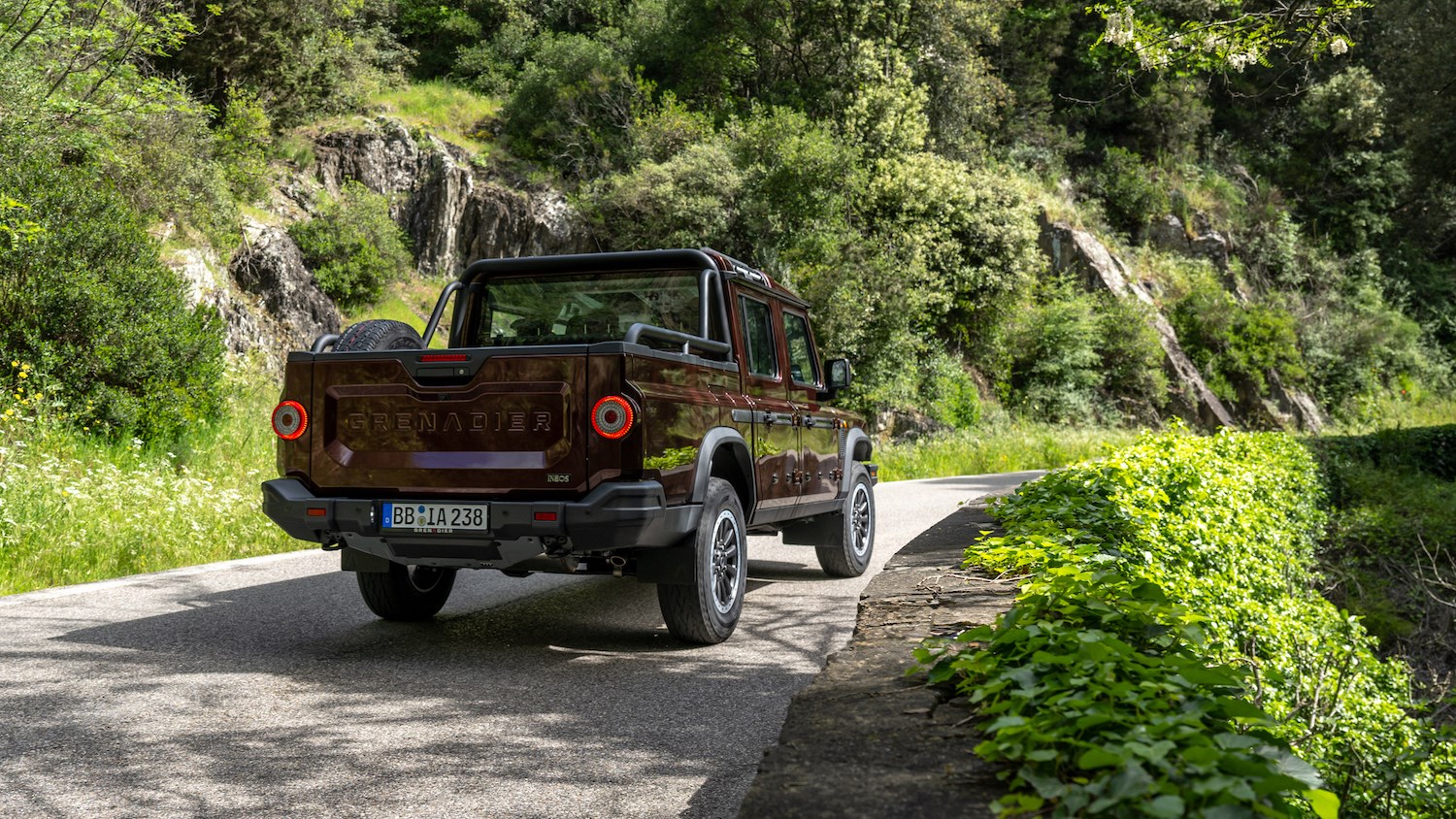
We’ve driven the petrol (282bhp, 332lb ft, 8.8sec 0-62mph, 99mph, 18.9-19.6mpg, 325-336g/km CO2) and the diesel (245bhp, 406lb ft, 9.8sec 0-62mph, 99mph, 23.3-25.9mpg, 325-336g/km CO2) and we like them both. You might assume that the diesel would be better for off-roading and lugging heavy loads, because that’s usually the benefit of the low-down torque that comes with a good diesel. You wouldn’t be wrong, but the margins are quite slender, and certainly if you do significantly more on-road miles you’d probably be happier with the petrol, which is slightly smoother, and seems to co-operate marginally bettter with the transmission, as well as being a little quicker to 62mph.
Off-road, it’s a marvel. The size and weight fade into the background as you revel in the car’s ability to cope with bumps, loose surfaces, mud and tricky angles. From the inside it all feels rather matter-of-fact; it’s when you see someone else driving over the same obstacle that you realise how hard the suspension was working to get that wheel down there and that wheel up there working in harmony
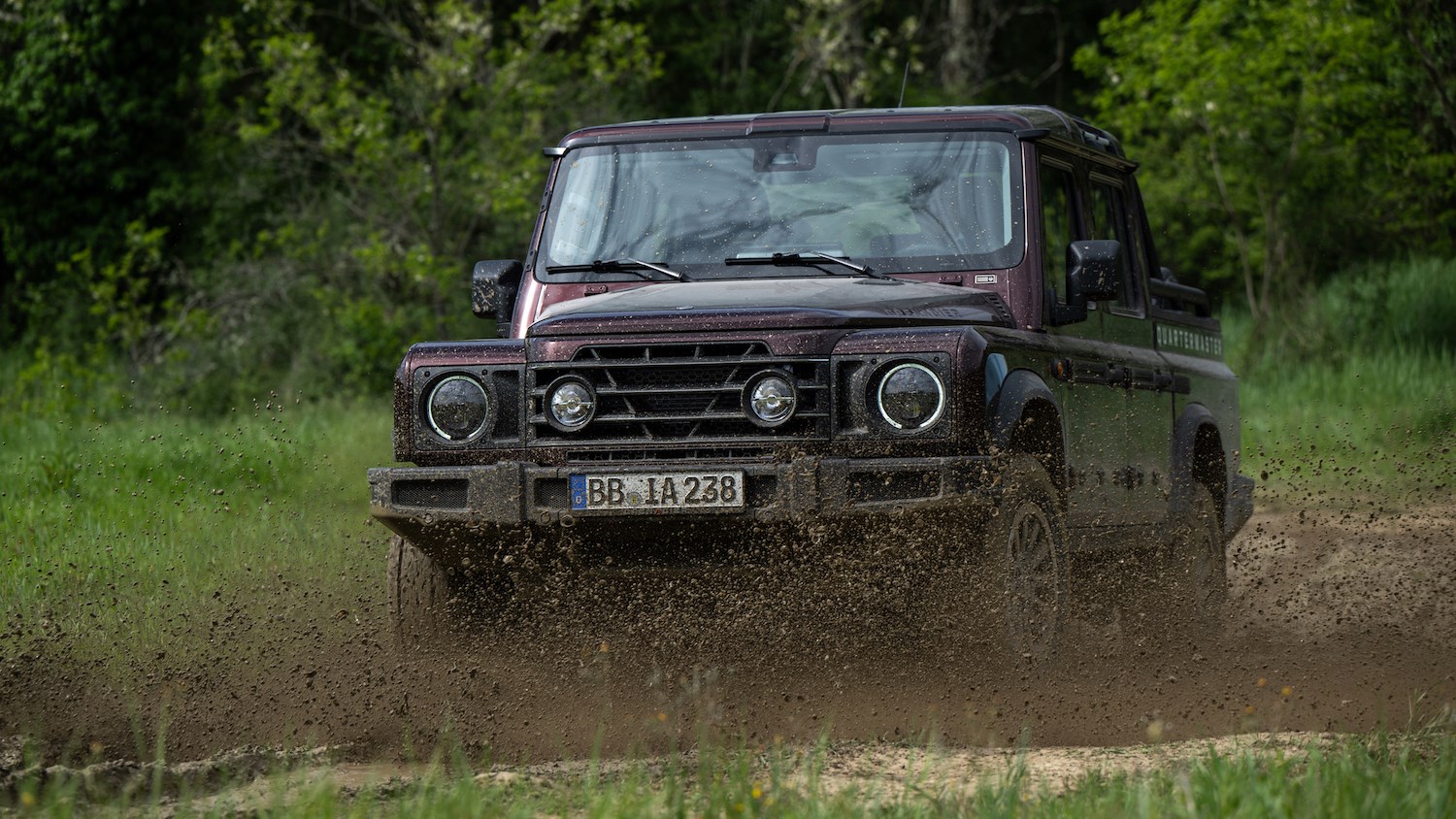
What about the interior?
You need to familiarise yourself with the relevant modes and electronic aids (Off-Road mode turns off the sensors so that the car doesn’t scream at you when you tackle a steep bank; Low gearing keeps the engine in its sweet spot at walking pace; the diffs can be locked in different combinations to make the most of whatever grip is available; Downhill Assist means you don’t need to brake on tricky descents). You also need to familiarise yourself with the act of engaging the different settings – it really is a physical process, requiring some level of mechanical sympathy and developing a ‘feel’ for when something has engaged. This can be very rewarding, but some find it infuriating.
It’s the same as the SUV: chunky grab handles, hose-clean mats, buttons big enough to be operated while wearing gloves, and an old-school collared stick for changing into low gear and locking the centre diff.
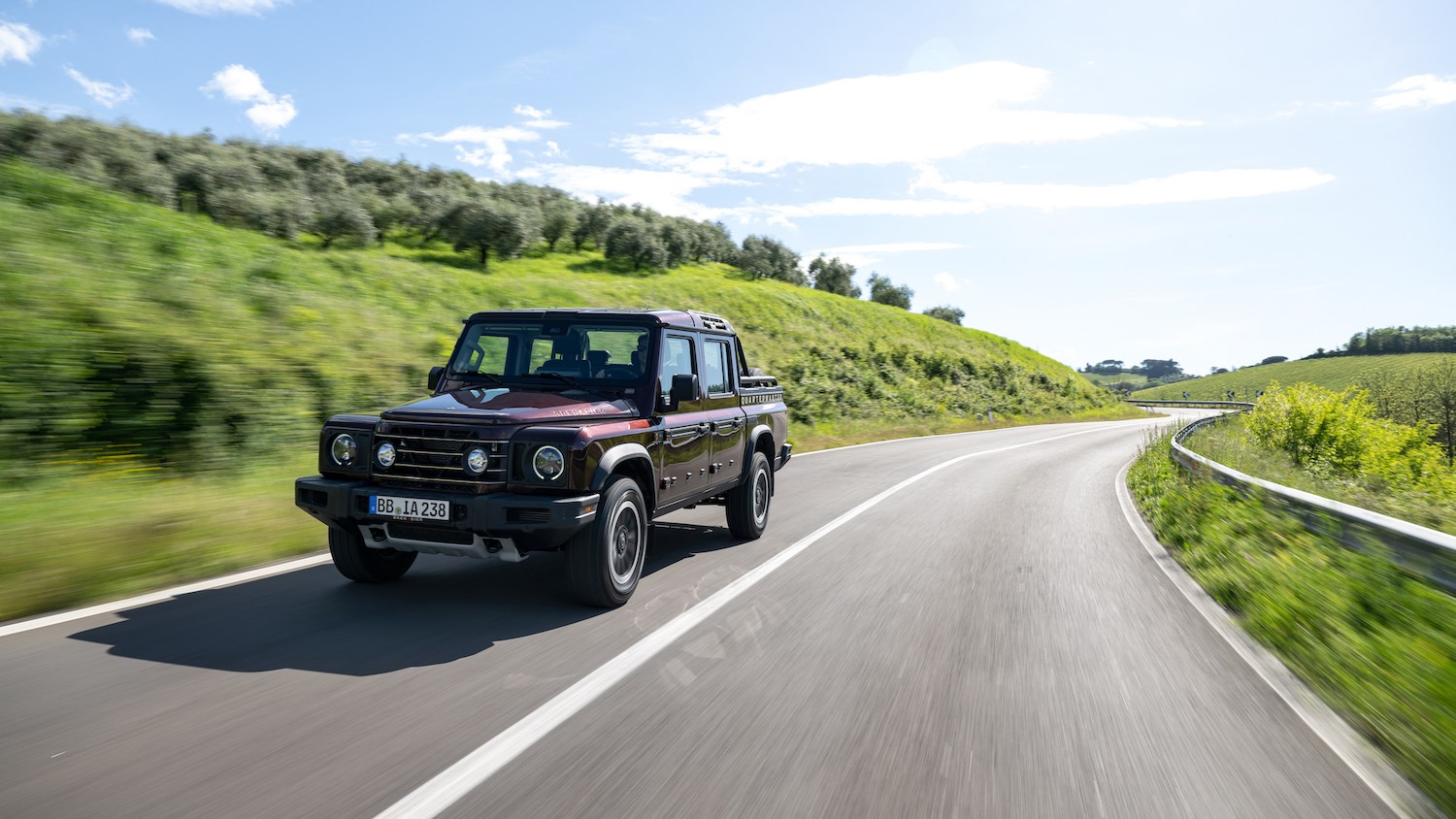
And up above, the aircraft-style cluster of switches that operate a mix of off-roading and ancillary functions – the sort of stuff you won’t have to look at while you’re driving. The centre console is topped by an infotainment touchscreen that also includes the speedo and revcounter, linked to a BMW iDrive-derived rotary controller by the base of the handbrake. The small instrument panel beyond the chunky steering wheel is chiefly to tell you which mode you’re in and which diffs are locked.
The front seats don’t look like anything special, but they’re actually all-day comfortable, with enough adjustment to suit pretty much everyone. In the back, adults might find long trips a bit cramped, but at least the high seating position gives you a good view out.
It’s deliberately simple and basic in here, although that options list can pimp it up quite a bit.
The infotainment is based on last-generation BMW tech, which is to say it works very well, with a simple and intuitive set of menus that allow you to get very easily to the data you require.
Before you buy
If you really want a pick-up for serious work-related reasons, you’d do well to have a good look at the many less fancy alternatives, which tend to cost significantly less and have better carrying ability. The Quartermaster’s payload is 835kg and it can tow 3500kg.
Like all pick-ups, it’s great for awkwardly shaped loads, so long as you have a burly neighbour to assist with loading and unloading. And like all pick-ups it’s a non-starter for protecting the load from the weather… although the options list can help.
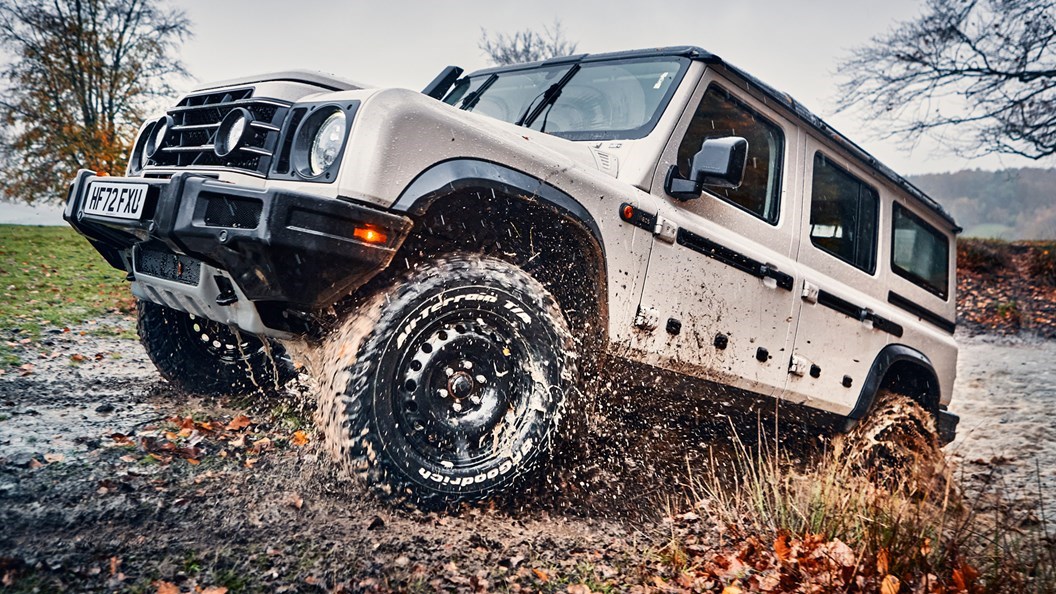
Also, be aware of a couple of other members of the Grenadier family.
The Commercial is the UK-only replacement for the two-seat Utility Wagon. It’s been fine-tuned to offer advantageous tax for people who need it for work: lower benefit in kind, and VAT can be reclaimed. It can fit a Euro pallet in the back, with 2000+ litres of space, a 3.5-tonne towing limit and 5.5 tonnes of winching power. That’s priced from £51,931, excluding VAT.
The Quartermaster Chassis Cab is a Quartermaster with no loadbay – it’s just chassis behind the the twin cab. It’s aimed at vehicle converters and body builders; think a small fire truck, or a safari viewing platform. That’s priced from £53,180 excluding VAT.

Verdict
The Quartermaster, like the parent Grenadier, is not meant to be to everyone’s liking. There are plenty of people who want something more sophisticated and digital, in which case your choice of pick-ups in many countries outside the US is extremely slender. And there are plenty of people who want something less expensive, and aren’t particularly worried about the very high degree of off-road competence provided here.
But for those who like the look, like the no-fuss ruggedness, like the idea that one day they may go seriously off piste, and who revel in a brawny six-cylinder BMW engine, what you see is what you get. But do go easy in the configurator, otherwise £66k will start to look like a very distant rumour in your rear-view mirror.